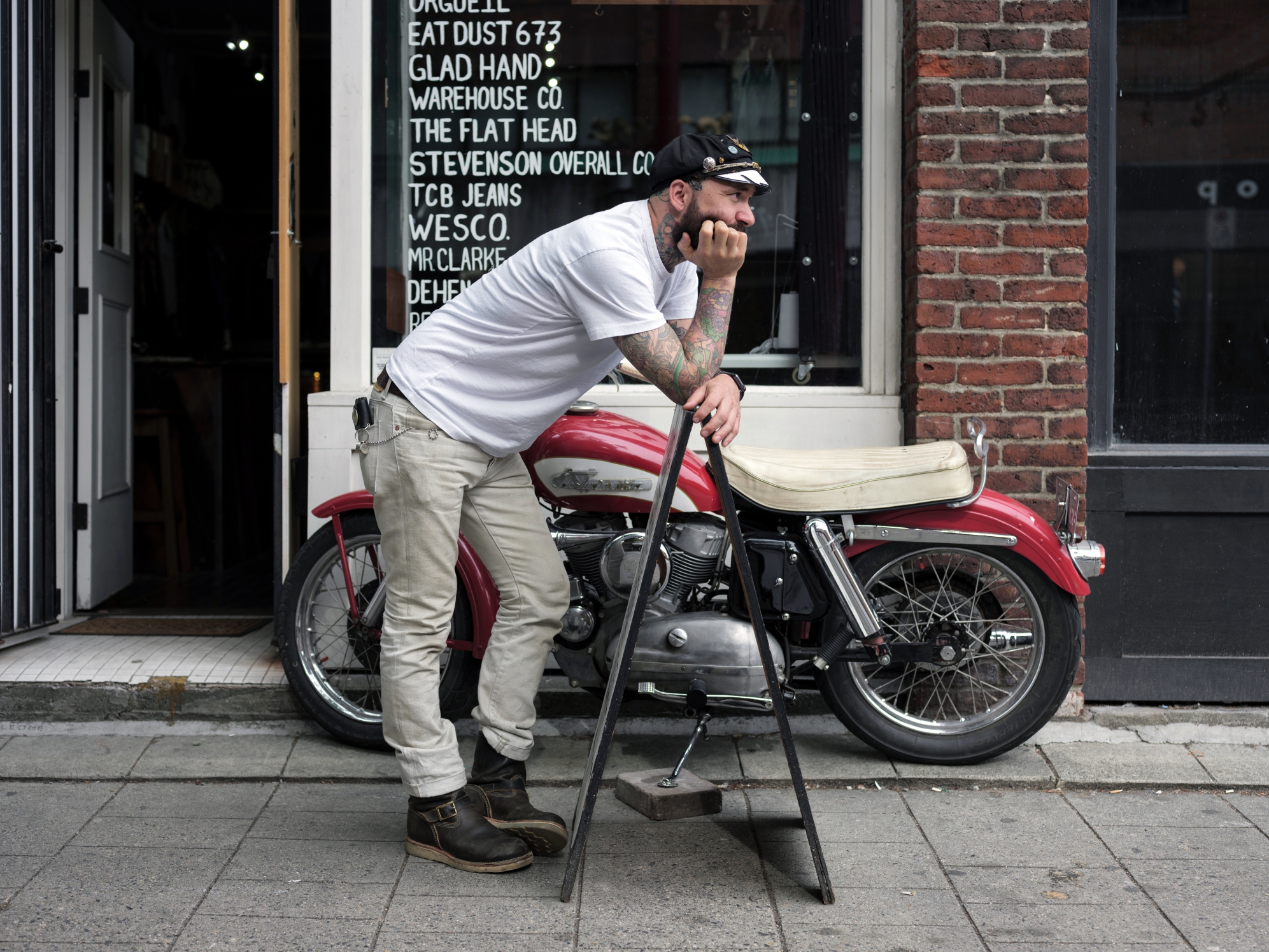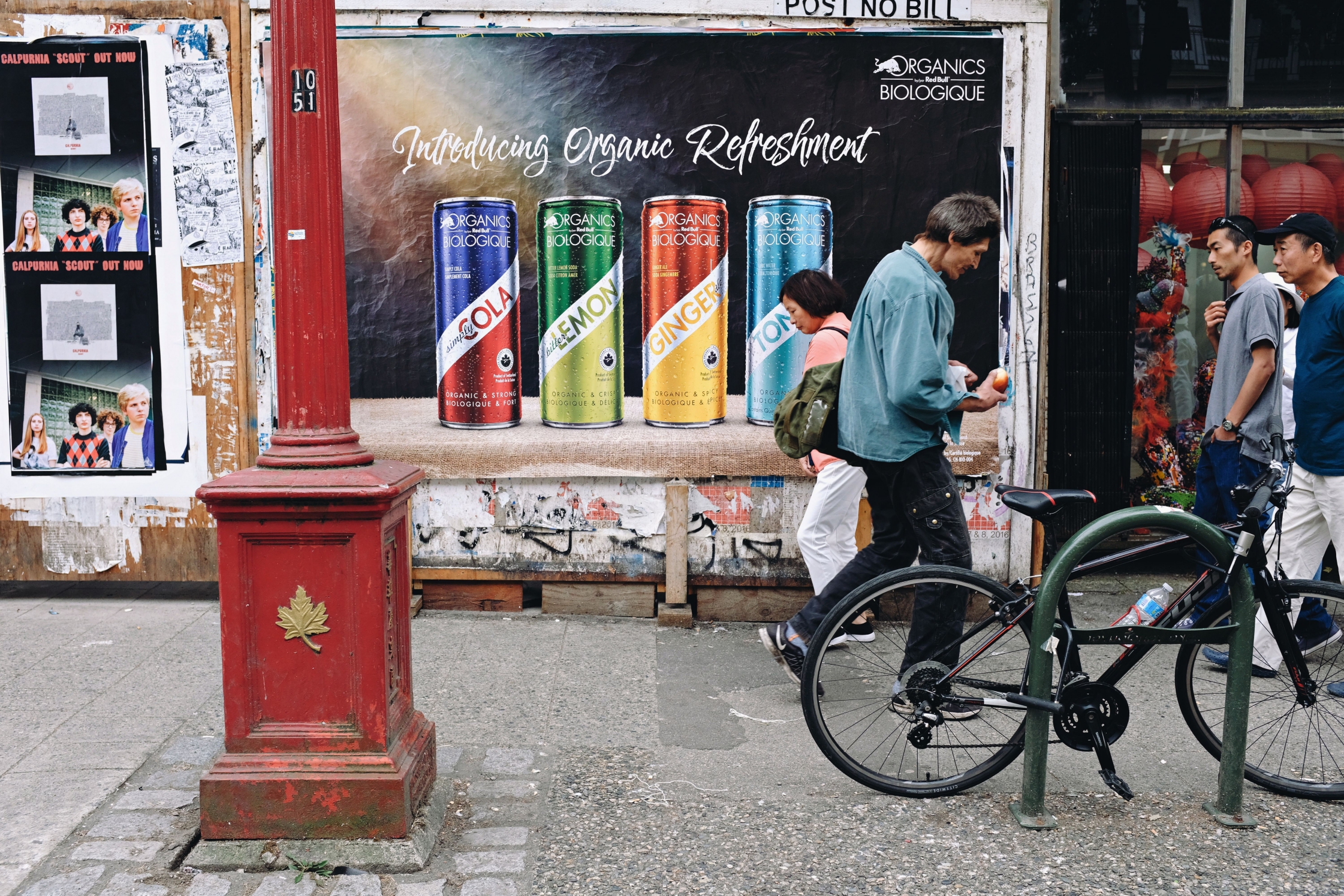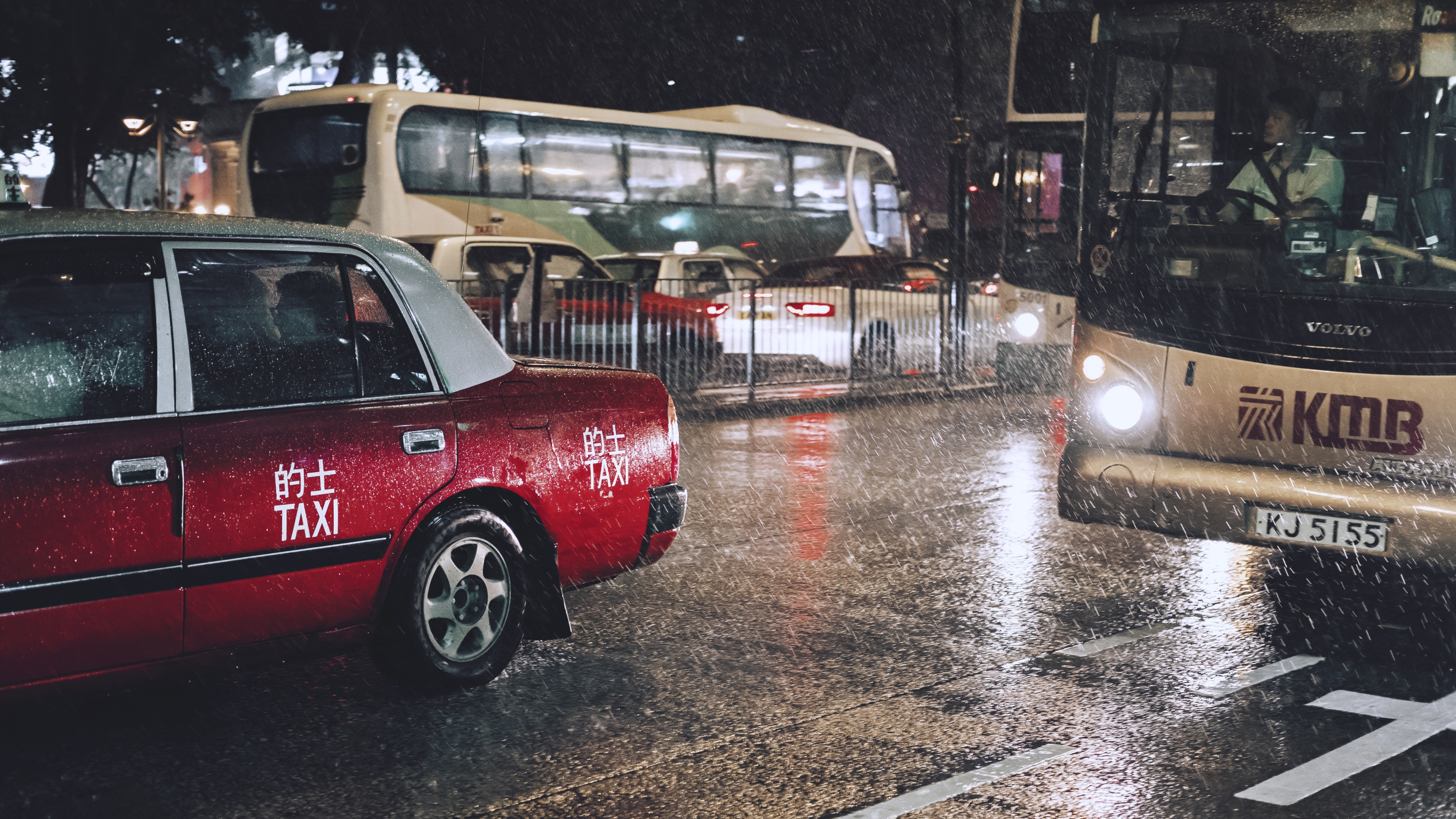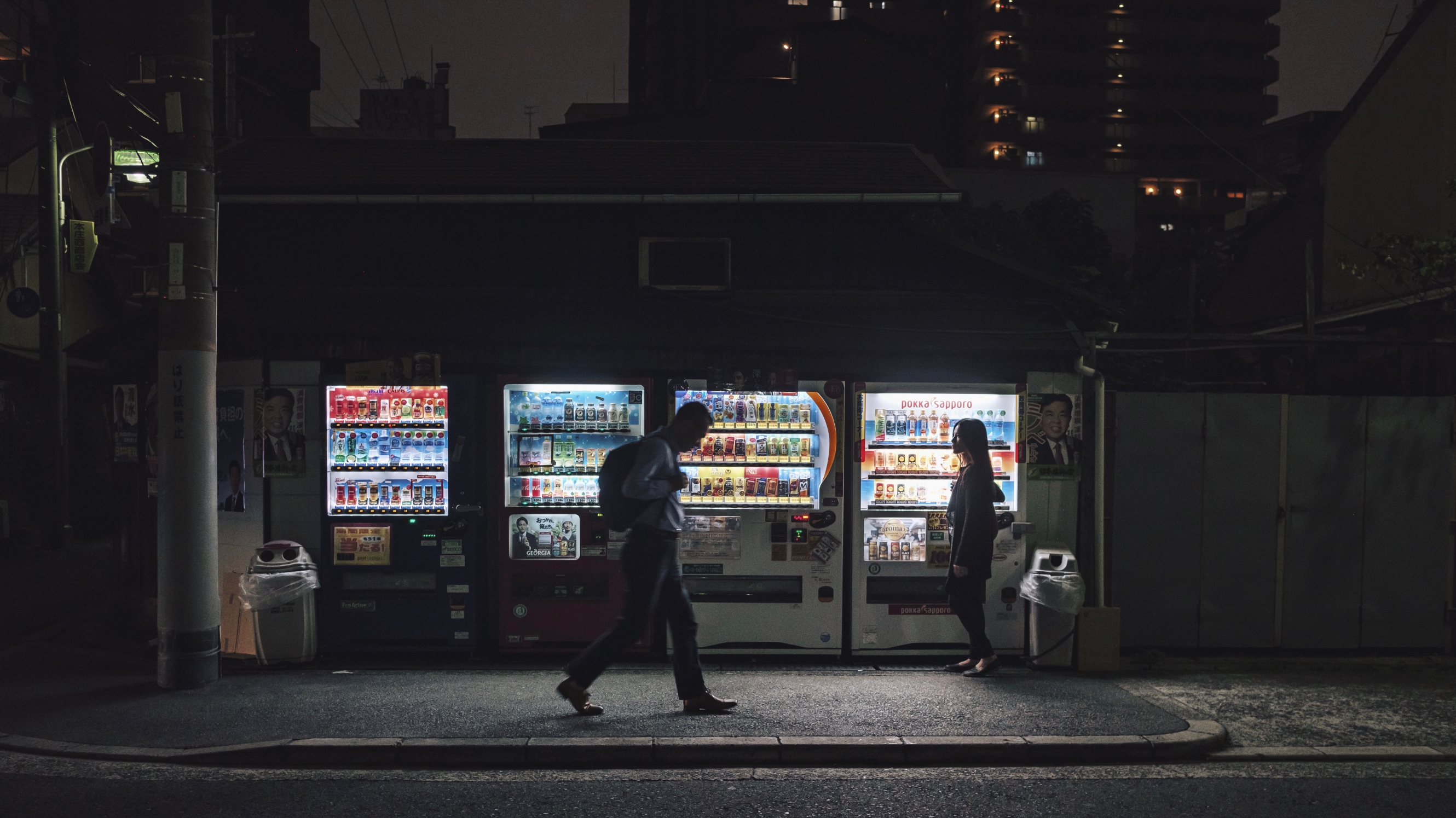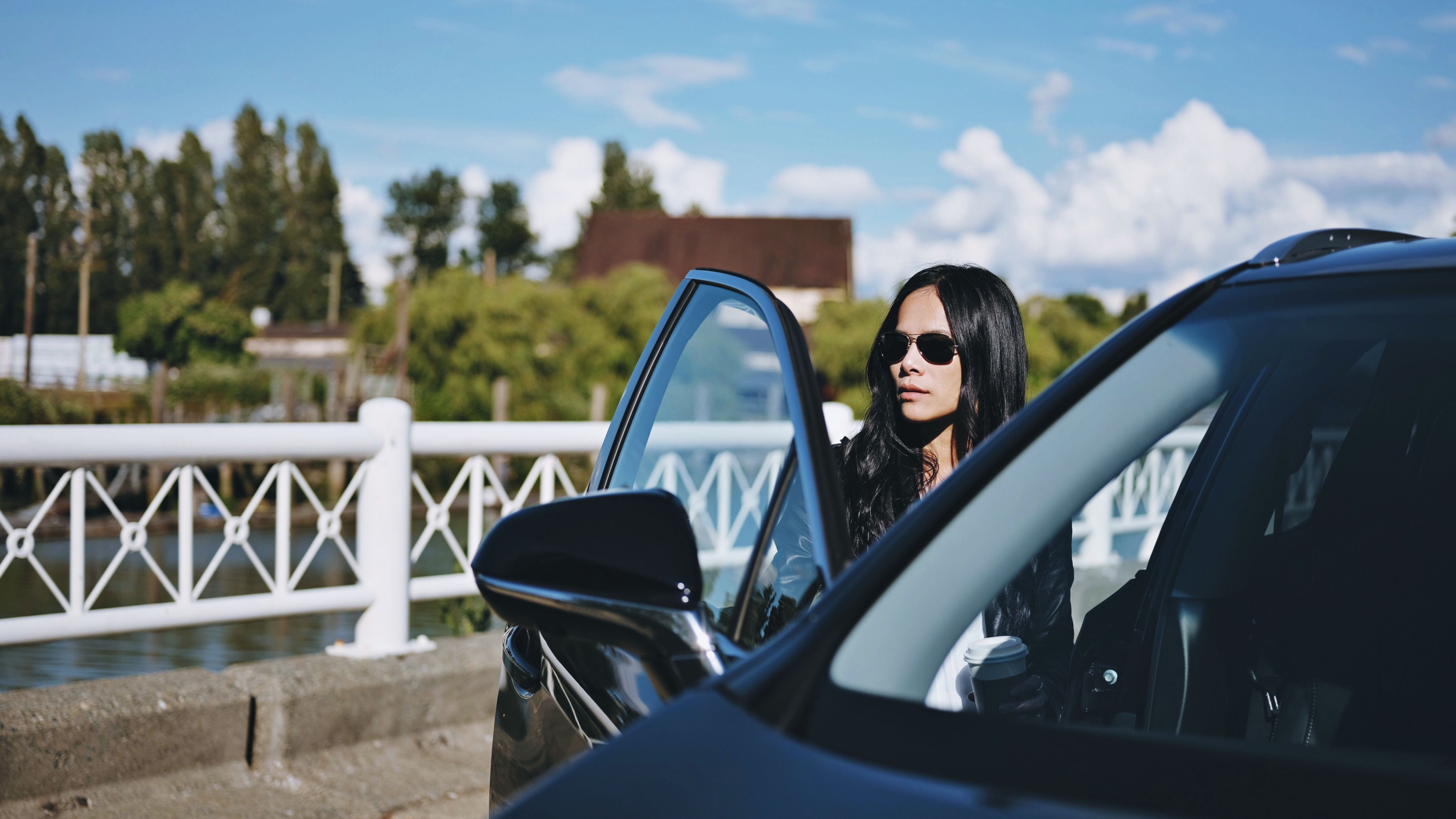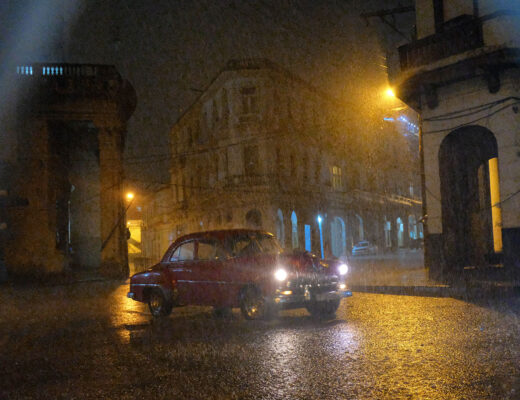When I was in primary school I started a diary. Instead of inputting memorable events like a normal person, I used a daily business planner to write down the most mundane things I did on a daily basis. I continued this daily tradition from about eight years old, right through to my university days and beyond. As technology changed I also adapted, buying my first of many Palm Pilots, and then settled into my iPhone and Google Calendar. In high school I also discovered the point-and-shoot camera. Until then, a camera was what my father used to capture significant family events, which was often. However, in 1990 I spent two months in Okinawa and took my fixed-focus fixed-exposure camera with me everywhere. I took tons of pictures of beautiful beaches, time spent with my cousins, as well as tons of family portraits. As you can probably guess, I also archived the most mundane things: what I ate, the things I bought, and whatever insignificant thing I wanted to remember. This was the initial and primary reason why I took photographs, much like my mundane diary: to archive the present so I could remember it for the future. I was collecting memories.
An external force changed the way I saw photography forever. My older brother came back from a one-year scholarship in Okinawa in 1994 and returned with a boat load of camera gear. I asked him why he needed so many bodies, lenses, filters, flashes, etc. It seemed unnecessary for someone like me who only used photography to take family portraits and archive memories. As he explained the intricacies of being a hobbyist photographer, my view of photography started to be redefined. Not only could a photograph be used for archival purposes, but I could use photography as form of artistic expression and communication. Initially I was just happy learning the craft of photography. I played around with macro photography, landscape, chasing sunsets, sports. I experimented with slide, black and white, and infrared films. I tried to understand perspective and played with various focal lengths, which meant buying and selling a variety of lenses and bodies. This experimentation, learning and growth period was deeply enjoyable and satisfying. I decided to give up my initial career path and pursue photography as my main pursuit in life.
Eventually I became competent enough to start shooting weddings, portraits and sports. I also ended up finding a job in the photo industry, fulfilling my dream of being both a photographer and an industry insider. I pulled this off for a decade but eventually burnt out. I also watched the digital revolution sweep in like a typhoon and decimate the film industry. I also realized that shooting for clients took away much of the initial joy I had in taking pictures. I was no longer shooting for myself but for the needs of the client, which is what is suppose to happen as a professional. Quitting my photography business and leaving the industry was the best thing for me at the time, but I never stopped taking photos and never stopped keeping on top of what was happening in the industry. Most of my friends and colleagues were still in the industry and I would still go to the odd event to see what was happening. I also continued shooting film since most of my friends still owned labs and I had a ton of professional film gear I accumulated over the years.
Starting my blog in 2010 was my public return to photography. Instead of taking on clients I decided to take on the job of being a professional observer. I watched what was happening in the industry. I kept a close eye on trends and where a photographer should be, at least the type of photographer I was interested in being. My only goal with my blog was to archive my real life and my wanderings, as well as my thoughts on photography and the photo industry. This lead to partnering with a local camera store who would loan me camera gear that wasn’t selling, I would shoot with it and write an article, and then help them sell it via their website. This lead to being introduced to the local camera sales reps, many of whom I already knew, and borrowing new gear for me to play with as well as write articles for my blog.
At this time Fujifilm caught my attention. I loved the film camera aesthetics and their unusual approach to the standard Bayer colour filter array. The X100 and X-Pro1 were already out and I had a chance to play with them. Although nowhere near the capabilities of the then-current crop of DSLRs, I felt Fujifilm’s approach was on point and in the right direction. I wrote an email to Fujifilm North America with a link to my website and they immediately agreed to send me review gear. I also approached Leica North America who also agreed. I was lucky with my timing as there weren’t too many independent bloggers reviewing camera gear in Canada at this time. In fact, Fujifilm Canada told me I was the first blogger they partnered with (thanks for taking a chance with me, Helen).
I also jumped onto Instagram reasonably early, even though most of my hardcore photography colleagues laughed at me and said I should be on a real photography platform like Flickr or 500PX. A year later I had a chance meeting with Eric Kim in Vancouver and we hit it off right away. He invited me to audit his workshop, interviewed me for his YouTube channel and encouraged me to join the ranks of YouTube gear reviewers and instructors. Again, I wasn’t early, but earlier than most of my peers to jump onto this platform. As an observer, I saw all these platforms as the future for visual artists. I didn’t know where any of this would lead, but it felt right at the time. All these platforms gave me the freedom to continue doing what I loved doing.
This was the golden age of my brand. I was so happy doing whatever I wanted. I didn’t care about selling prints, finding clients (although I did take on a few just for fun), and I definitely didn’t want to stop using my photography as a way to archive, to share and to express my artistic side. I was convinced this was the only way I would be happy taking photographs, if I only shot for myself. The photographers I admired the most in my life always shot for themselves, never catering to an audience or a client. However, as a modern photographer existing within the world of social media, it’s difficult not to care about followers, likes or views. I started getting invites to ‘influencer’ events (we can have a future conversation about this), I started partnering with other photographers on various projects, I got into making documentaries and other visual projects, and of course I write my monthly articles for FujiLove.
Although I still have a lot of freedom to shoot what I want and what to write and say, it’s not completely free of pressure or demands. Yes I still shoot for myself, but my photography has to be compartmentalized. I have family photos I don’t share, which mean the most to me. I also have my archival photos of mundane things, like photographs of almost every meal I eat (remember I’ve been doing this since the 1980s pre-smartphone era). My most fulfilling type of photography is me just wandering around, hanging out with my friends and colleagues, and just shooting whatever interests me. These are the ones I typically share on my various social media platforms and also here on FujiLove. I also have photos that I must shoot for my YouTube channel and FujiLove (think about thumbnail art or product shots). I enjoy taking them and I have complete freedom, but they no longer inspire or excite me, but that’s life. You can’t always love everything you do all the time, including your photography, even if it’s your passion.
This is a very long story about why I take photographs. Moreover, I don’t ‘enjoy’ taking photos, as if it’s a hobby of mine. It’s just something I do. I’m a photographer so I must take pictures. I breathe because I must continue to do so if I want to stay alive. I decided long time ago that I would continue to observe, archive, and express myself through my photography and my writing. I no longer have the desire to make a living as a photographer, but I identify myself as one. I hate it when people tell me they are only an amateur photographer. That doesn’t reflect your capabilities as a photographer. Most of my favourite photographers of all time were never professional photographers when they were most prolific (Fred Herzog, Fan Ho). If you love taking pictures, don’t think you have to become a professional. There’s a cost to making a passion into a career. This is my long and mundane photography history. I know you all have your own stories of how you ‘stumbled’ into photography. I would love to know your story. Thanks for reading and happy observing, archiving, communicating and creating!


